When you type “culinary travel” into a search bar, you will find all types of foodie tours worldwide. But what exactly is a “culinary traveler?” The term culinary traveler refers to an individual who explores various destinations primarily to experience and indulge in the local cuisine. If you are a culinary traveler, I urge you to make South Africa your next stop.
South Africa is an often-overlooked gem for culinary tours. The culinary scene extends far beyond its acclaimed Michelin-starred eateries and picturesque farm markets. While South Africa indeed boasts world-renowned wines and a thriving food culture, there's an undiscovered tapestry of flavors waiting to be explored. A journey across this diverse land will uncover culinary treasures that transcend the traditional, offering an array of unique and surprising food experiences, which will enthrall the most discerning foodie. From savoring the aromatic spices and rich history of Cape Malay cuisine in Cape Town to the exquisite wine-paired meals of the Cape Winelands, the dedicated foodie will unearth an eclectic blend of traditional dishes and innovative culinary creations.
The culinary heritage of South Africa bears the imprints of German, French, and British settlers, yet it's the Cape Dutch and Cape Malay cooking styles that echo the country's rich history.
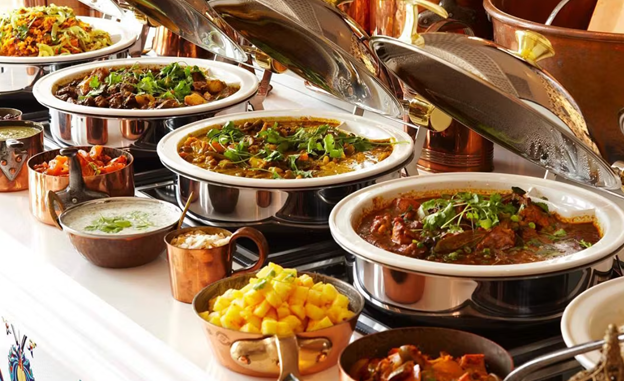
European Influences and Traditional Dishes
In South Africa, meat takes center stage in almost every meal. From robust stews, also known as potjiekos, to flavorful curries. The array spans from familiar choices like chicken, beef and lamb to more unique regional specialties, including ostrich, springbok, impala and even crocodile. The art of the braai, South Africa's version of barbecue, highlights meat as the star. Stemming from the Dutch term for 'grilled meat,' a braai stands out from other barbecuing methods for its requirement of being cooked over an open flame, often with the fire continuing to crackle long after the cooking is done. However, nothing compares to indulging in a braai while on safari, as it epitomizes the ultimate culinary experience in South Africa. Picture the crackling of an open flame under the vast African sky as the aroma of grilling meats fills the air, creating an ambiance that heightens the senses. The communal act of gathering around the fire, sharing stories of a narrow escape from an angry elephant bull, while relishing delicious food cooked to perfection. It's a moment where the flavors of the wild and the warmth of companionship converge, creating an unforgettable feast that embodies the essence of South African hospitality and the magic of the African bush.
If it sounds like South Africa does not have place for vegan or vegetarians, do not worry. There is no shortage of scrumptious flavorful veggies cooked by gifted chefs. South Africa boasts an abundance of vibrant and diverse vegetables, adding colorful and flavorful dimensions to its culinary landscape.
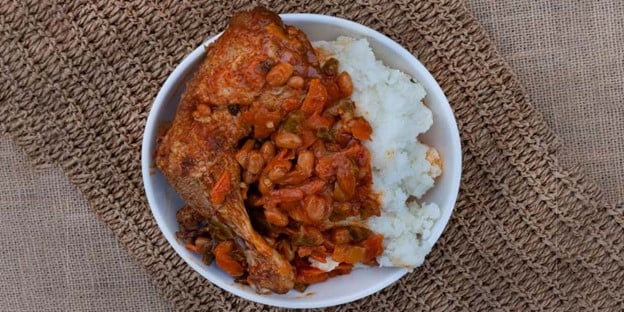
Chakalaka and pap, renowned as quintessential braai side dishes, perfectly complement mains such as boerewors. Chakalaka is a flavorful vegetable medley, which consists of beans, onions, peppers, carrots and a vibrant mix of spices. Often paired with chakalaka is pap, a cornmeal side similar to polenta, which adds a creamy texture to the meal. The spicy notes of chakalaka combined with the comforting creaminess of pap create an interesting fusion, making this a must-try on any South African culinary journey.
Potjiekos, translated as 'small pot food,' stands as a cherished traditional dish across South Africa, and comprises of a delightful blend of meats and vegetables (or just veggies) slow cooked in layers within a cast-iron pot (potjie) over an open flame. The unique preparation involves no stirring until it's ready, ensuring each ingredient retains its distinct flavor. Opting for an oxtail variation promises a rich and nuanced taste, making it a must-try among the diverse renditions of this beloved South African stew.
Street food is another must try including bunny chow, a curry-type stew, stuffed inside a piece of bread, prepared either vegetarian or with meat. Also worth sinking their teeth into is biltong and droe wors, cured dried meat that’s popular across Africa, especially in South Africa. The name comes from the Dutch words 'bil' meaning meat and 'tong' meaning strip. Unlike beef jerky, which is usually sliced, marinated and cooked, biltong is first cured in vinegar, then airdried and cut into strips.
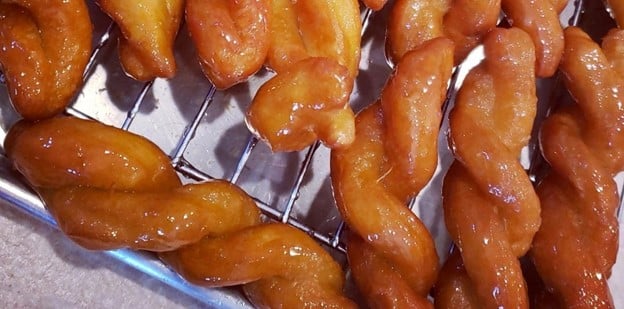
For dessert, there are koeksisters, a traditional African confectionary consisting of fried dough paired with syrup or honey. Just know, when you have one of these, you will feel “soet tot agter jou ore,” which roughly translates to “as sweet till behind your ears,” but oh so yummy.
Culinary Experiences
South Africa is a treasure trove of foodie delights, offering an array of captivating culinary experiences. From the cultural tapestry of Bo-Kaap where visitors can join a Cape Malay cooking class after exploring the region’s visually stunning streets. To diving deeper into Cape Town's unique flavors with a guided "flavors of Cape Town" tour led by a seasoned chef. Or, for an extravagant escapade, visitors can splurge on a helicopter transfer to the stunning West Coast fishing village, where a private beachside meal, featuring the freshest oysters and mussels, accompanied by champagne, awaits against the backdrop of tranquil coastal vistas.
Last but definitely not least, is a tour of the Cape Winelands — specifically Stellenbosch, Franschhoek and Paarl. For an optimal experience, visitors will want to schedule their visit between September and April as this period heralds the release of many vintage wines from across the region. Beyond its fame for exquisite food and wines, the vibrant university town offers more than just vineyard vistas. Travelers can wander through tree-lined avenues, immersing themselves in the charm of Cape Dutch architecture or spend time exploring the town's assortment of boutiques and museums. Stellenbosch is renowned for its viticulture, boasting an array of world-class estates offering wine tastings that spoil visitors with an abundance of choices, ensuring an unforgettable wine-tasting experience.
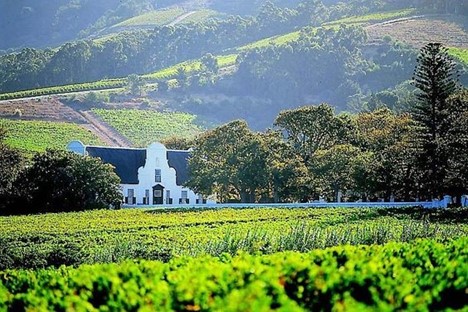
Some of My Favorite Luxury Wine Farms Include:
Delaire Graff - Situated on the slopes of Botmaskop Mountain, Delaire Graff offers an array of delicious wines (particularly Bordeaux reds and Chardonnays). Delaire Graff is one of the top 50 wineries in the world, it also boasts two excellent fine-dining restaurants and stunning luxury lodges for accommodation.
Waterford - This luxurious estate offers a whole host of experiences, including a wine drive safari, a porcupine trail walk and a number of different tasting sessions — including pairing wine with chocolates.
Lanzerac - Offering five-star accommodation in the heart of the South African Winelands, the scenery at this estate is just exquisite, nestled in the foothills of Stellenbosch’s Jonkershoek Valley. Things to do here include an indulgent seven-course fine dining menu, hiking and wine tasting. The on-site spa is the ultimate spot for relaxation and rejuvenation.
Foodie Experiences Not to Be Missed
- Along the coast, visitors can relish fresh seafood dishes like grilled snoek, fish curry and the famous Cape Town seafood platters.
- Authentic township tours are a great way to explore local markets and taste authentic street food.
- Seafood in Cape Town Harbor offers fresh-from-the-ocean seafood platters and grilled fish.
- A meal at V&A Waterfront's Baia Seafood Restaurant promises visitors a seafood extravaganza.
- Soweto’s food tours are another great option for cultural immersion through food.
Feel free to contact me for more information on South Africa’s culinary experiences.


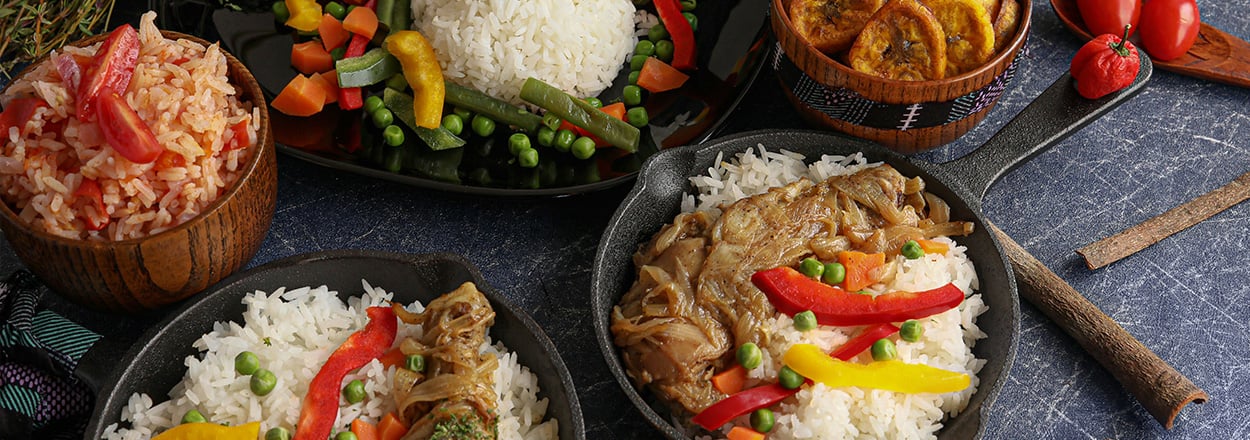

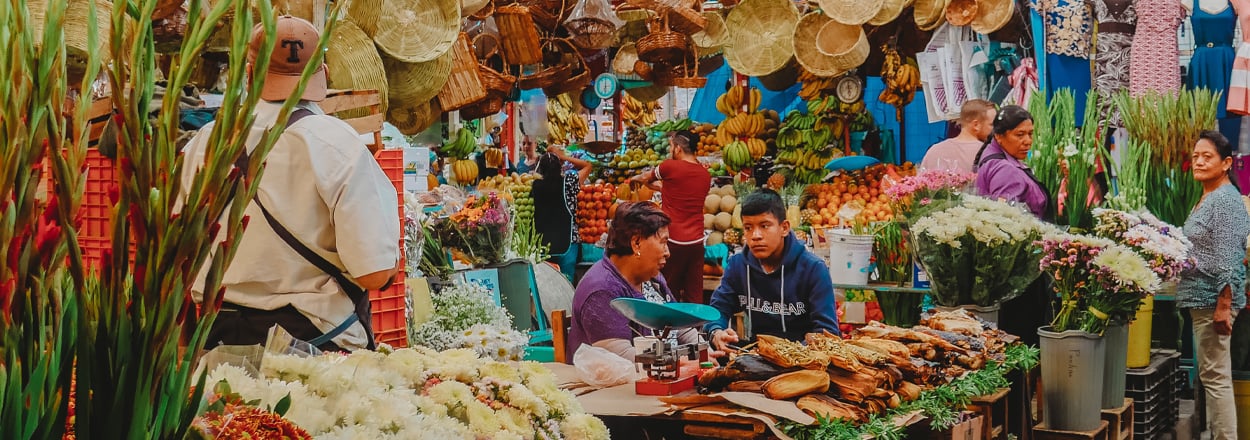

comments